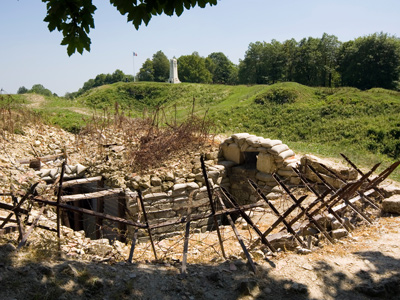
Trench Life
Trench Life looks at those at or near the front line.
When it began, the First World War was expected to be over in a few short months. Thousands of men volunteered to serve and hoped to be home again for Christmas. Little did they know that the war would be locked in a stalemate for four years with minimal advancement of the front line. Faced with such immobility the armies dug trenches in the muddy ground. These trenches, dirty, cold and wet, were to be the temporary homes for millions of young men. But what was it like to live there, in a hole in the earth not far from a deadly enemy army?
Ready for more?
not all...
quizzers. Try to win a coveted spot on our Hall of Fame Page.







